Best Grass Seed for Your Utah Lawn
BY BECK CARTER | MAY 17TH, 2023 | LAWN CARE, UTAHUtah features a stunning array of mountains, plateaus, natural arches, sand dunes, and basins. Homeowners here will want a lawn that is just as beautiful as their state, and that starts with choosing the best grass seed for Utah.
Utah sits primarily in USDA Hardiness Zone 6b, meaning cool-season grasses thrive throughout the state. But which cool-season grasses? Below, we’ll break down the best grasses for your Utah lawn, including a warm-season grass option for those in southern Utah.
In this article:
1. Kentucky Bluegrass
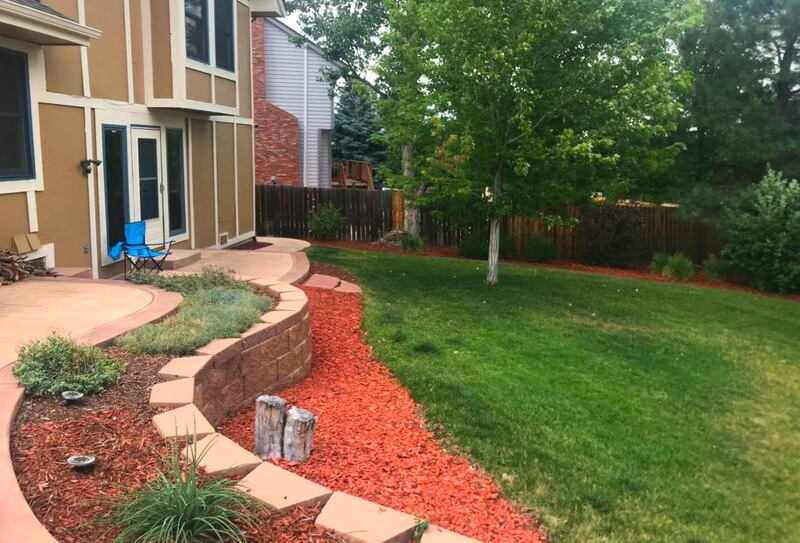
Kentucky bluegrass is one of the most widely used turfgrasses in the United States. This grass type is a dense turf that recovers well from stress. Kentucky bluegrass can tolerate cold temperatures as well as moderate shade. This species is susceptible to disease and is often mixed with perennial ryegrass to improve its resilience.
Classification: Cool-season grass
Spreads by: Rhizomes
Drought tolerance: Low
Foot traffic tolerance: High
Shade tolerance: Moderate
Maintenance needs: Moderate
Recommended mowing height: 2 to 2 ½ inches
2. Tall Fescue
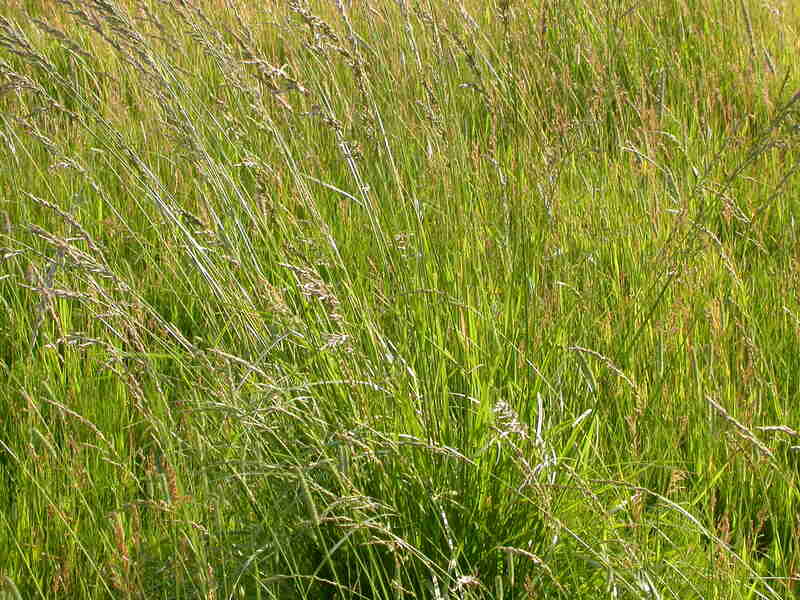
Photo Credit: Matt Lavin / Flickr / CC BY-SA 2.0
Tall fescue is another common lawn grass here. It is coarse-textured and resistant to weeds and diseases. This grass type is considered low maintenance due to its ability to handle drought and its infrequent mowing needs. Like other cool-season grasses, it does well in cool climates. However, it may not survive extreme winters.
Classification: Cool-season grass
Spreads by: Bunch-type
Drought tolerance: High
Foot traffic tolerance: High
Shade tolerance: Moderate
Maintenance needs: Low
Recommended mowing height: No higher than 3 inches
3. Fine Fescue
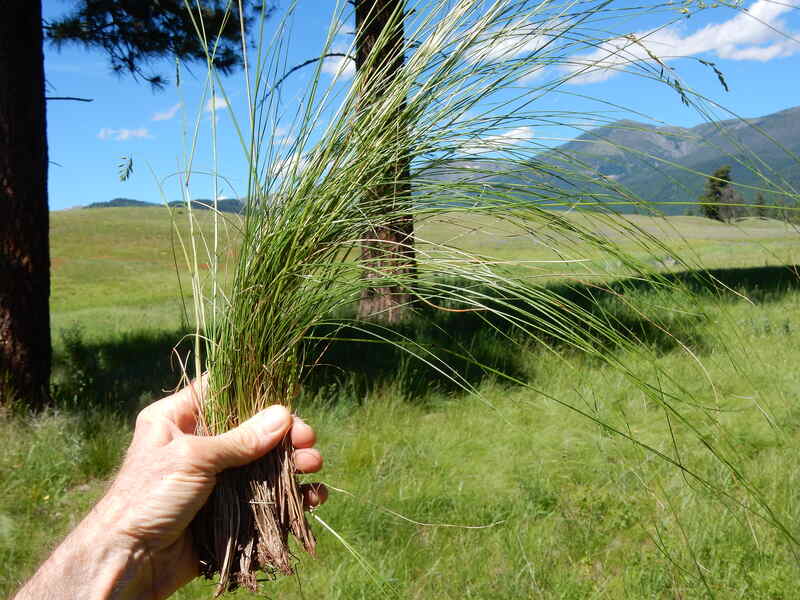
Photo Credit: Matt Lavin / Flickr / CC BY-SA 2.0
Fine fescue is actually a collection of four turfgrasses, including creeping red fescue, Chewings fescue, sheep fescue, and hard fescue. This turfgrass is known to be low maintenance compared to more common grasses such as Kentucky bluegrass. Fine fescue typically requires less frequent mowing, watering, and fertilizer.
Classification: Cool-season grass
Spreads by: Bunch-type, rhizomes (creeping red only)
Drought tolerance: High
Foot traffic tolerance: Low
Shade tolerance: High
Maintenance needs: Low
Recommended mowing height: 2 to 3 inches
4. Perennial Ryegrass
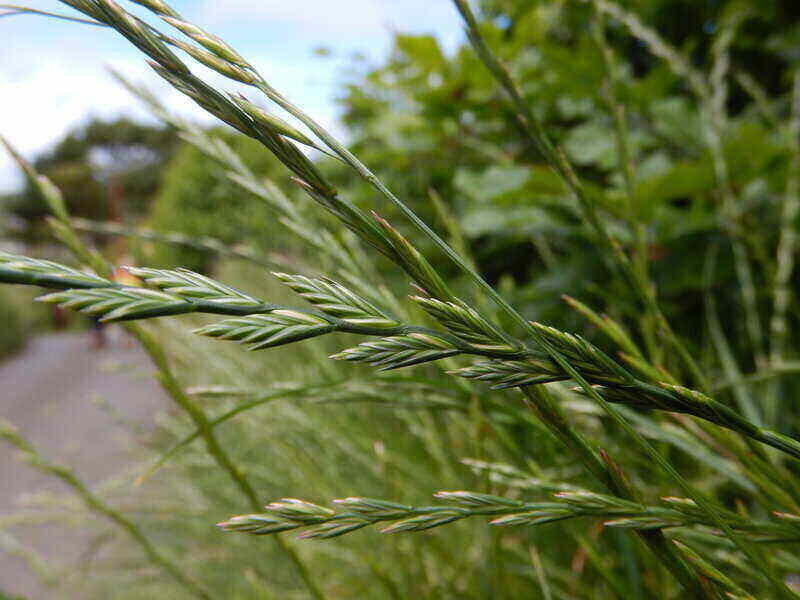
Photo Credit: Matt Levin / Flickr / CC BY-SA 2.0
Perennial ryegrass is often confused with Kentucky bluegrass due to its similar color, texture, and density. This turfgrass is often used for overseeding to maintain color in the winter. Perennial ryegrass can handle heavy foot traffic although it struggles in the shade.
Classification: Cool-season grass
Spreads by: Bunch-type
Drought tolerance: High
Foot traffic tolerance: High
Shade tolerance: Low
Maintenance needs: Moderate
Recommended mowing height: 1 to 2 inches
5. Buffalograss
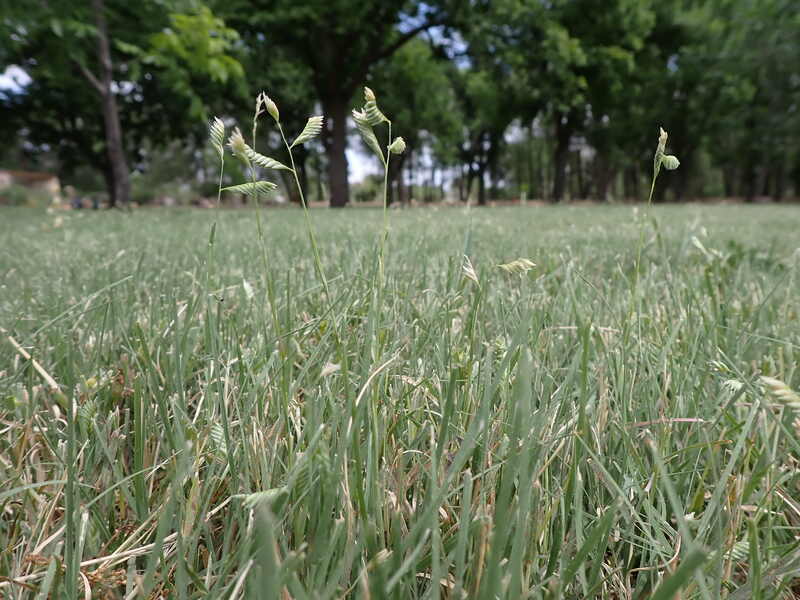
]Photo Credit: Matt Lavin / Flickr / CC BY-SA 2.0
Our only warm-season grass on this list, buffalograss stays green in summer with much less watering than other grasses. For homeowners in southern Utah, where the USDA hardiness zone is 8a in some areas, this may be a better option. Buffalograss survives drought and cold temperatures, but because it is a warm-season grass, it is dormant in the fall.
Buffalograss does not handle shade or high altitude well. Buffalograss is considered low maintenance once established due to infrequent mowing and fertilizing needs. However, growing buffalograss from seeds can be a long process.
Classification: Warm-season grass
Spreads by: Stolons
Drought tolerance: High
Foot traffic tolerance: Low
Shade tolerance: Low
Maintenance needs: Low
Recommended mowing height: 1 to 2 inches
FAQ
Tall and fine fescue grasses are great for low-maintenance lawns.
Homeowners with pets will want a grass type with high urine tolerance and a good ability to handle foot (or paw) traffic. On this list, Kentucky bluegrass, tall fescue, and perennial ryegrass are all pet-friendly options.
Fine fescue grasses are great choices for shady lawn areas.
Do it yourself or contact a pro
You can purchase bags of grass seed from your local home improvement store and seed your lawn yourself. If you’d rather not wait too long for the grass to develop, you can purchase sod instead. This will allow you to lay an entire pre-grown lawn that will have established roots in just a few weeks.
Too busy heading out to the Great Salt Lake or Bryce Canyon for some summer fun? Have a pro do the work for you and come home to a brand-new lawn. For help with all of your outdoor chores contact Wikilawn’s lawn care professionals for help.